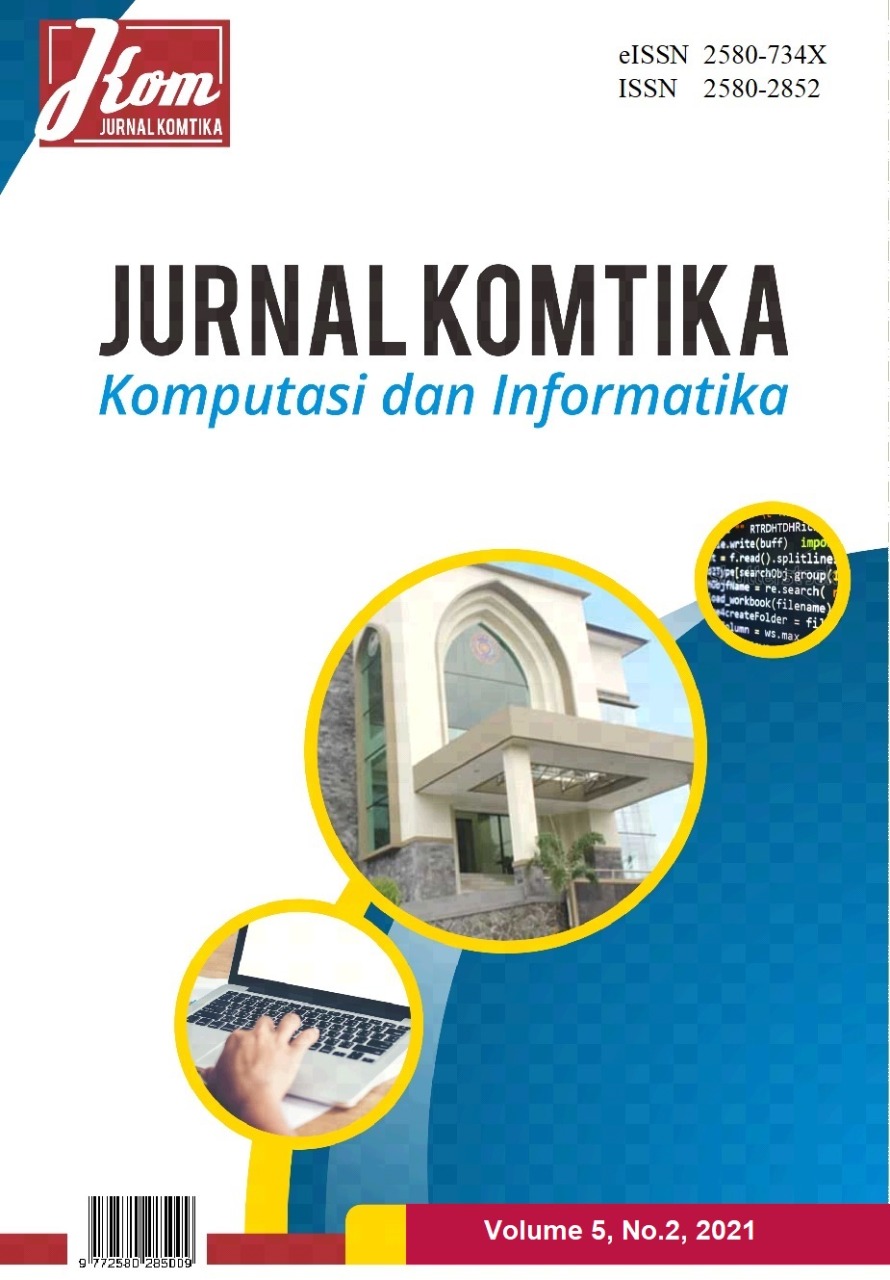Main Article Content
Abstract
It is predicted that the growth of smart devices installed in the smart home ecosystem will increase in the future. Smart devices that are connected to each other using wired or wireless networks that have the potential for security holes are attacked by threat actors. Whereas a house is a place that provides comfort for its residents. An attack on the smart home ecosystem allows the operation of the smart home ecosystem to be disrupted or personal information stolen to be used by irresponsible parties. To face the high wave of smart home implementation in the future with potential security holes that always accompany it. This is in accordance with the principle that no system is 100% secure. In this study, attacks on wireless networks can be detected as anomalous traffic. Monitoring and detection in the smart home ecosystem involves supporting components such as sensors, access points, gateway collectors and analysis stacks.
Keywords
Article Details

This work is licensed under a Creative Commons Attribution-NonCommercial 4.0 International License.
References
-
B. Burke, D. Cearley, A. Litan, D. Groombridge, dan D. Mahdi, “Top 10 Strategic Technology Trends for 2020,” 2020.
PwC, “Unlocking a culture of convenience,” 2017.
Z. Shouran, A. Ashari, dan T. Kuntoro, “Internet of Things (IoT) of Smart Home: Privacy and Security,” Int. J. Comput. Appl., vol. 182, no. 39, hal. 3–8, 2019, doi: 10.5120/ijca2019918450.
F. Sadikin dan S. Kumar, “ZigBee IoT Intrusion Detection System: A Hybrid Approach with Rule-based and Machine Learning Anomaly Detection,” in Proceedings of the 5th International Conference on Internet of Things, Big Data and Security, 2020, hal. 57–68, doi: 10.5220/0009342200570068.
S. Ul Rehman dan S. Manickam, “A Study of Smart Home Environment and its Security Threats,” Int. J. Reliab. Qual. Saf. Eng., vol. 23, no. 3, 2016, doi: 10.1142/S0218539316400052.
O. A. Okpe, O. A. John, dan S. Emmanuel, “Intrusion Detection in Internet of Things (Iot),” Int. J. Adv. Res. Comput. Sci., vol. 9, no. 1, hal. 504–509, 2018, doi: 10.26483/ijarcs.v9i1.5429.
P. Satam, “A METHODOLOGY TO DESIGN INTRUSION DETECTION SYSTEMS ( IDS ) FOR IoT / NETWORKING PROTOCOLS,” The University of Arizona, 2020.
Fazlurrahman dan D. Hariyadi, “Analisis Serangan Web Defacement pada Situs Web Pemerintah Menggunakan ELK Stack,” J. Inform. Sunan Kalijaga, vol. 4, no. 1, hal. 1–8, 2019.
K. Scarfone, M. Souppaya, A. Cody, dan A. Orebaugh, “NIST SP 800-42: Guideline on Network Security Testing,” Gaithersburg, MD, 2015. doi: 10.6028/NIST.SP.800-115.
L. He dan N. Bode, “Network Penetration Testing,” Netw. Perim. Secur., 2020, doi: 10.1201/9780203508046-13.
P. Cichonski, T. Millar, T. Grance, dan K. Scarfone, “NIST Special Publication 800-61 Revision 2: Computer Security Incident Handling Guide Recommendations,” 2012. doi: 10.6028/NIST.SP.800-61r2.
Z. Akram, M. A. Saeed, dan M. Daud, “Wardriving and its Application in Combating Terrorism,” 1st Int. Conf. Comput. Appl. Inf. Secur. ICCAIS 2018, hal. 1–5, 2018, doi: 10.1109/CAIS.2018.8442035.
M. Denis, C. Zena, dan T. Hayajneh, “Penetration testing: Concepts, attack methods, and defense strategies,” 2016 IEEE Long Isl. Syst. Appl. Technol. Conf. LISAT 2016, 2016, doi: 10.1109/LISAT.2016.7494156.
J. Bullock dan J. T. Parker, Wireshark for Security Professionals: Using Wireshark and the Metasploit Framework. Indianapolis, Indiana: John Wiley & Sons, Inc., 2017.
P. Anu dan S. Vimala, “A Survey on Sniffing Attacks on Computer Networks,” Proc. 2017 Int. Conf. Intell. Comput. Control. I2C2 2017, hal. 1–5, 2017, doi: 10.1109/I2C2.2017.8321914.

